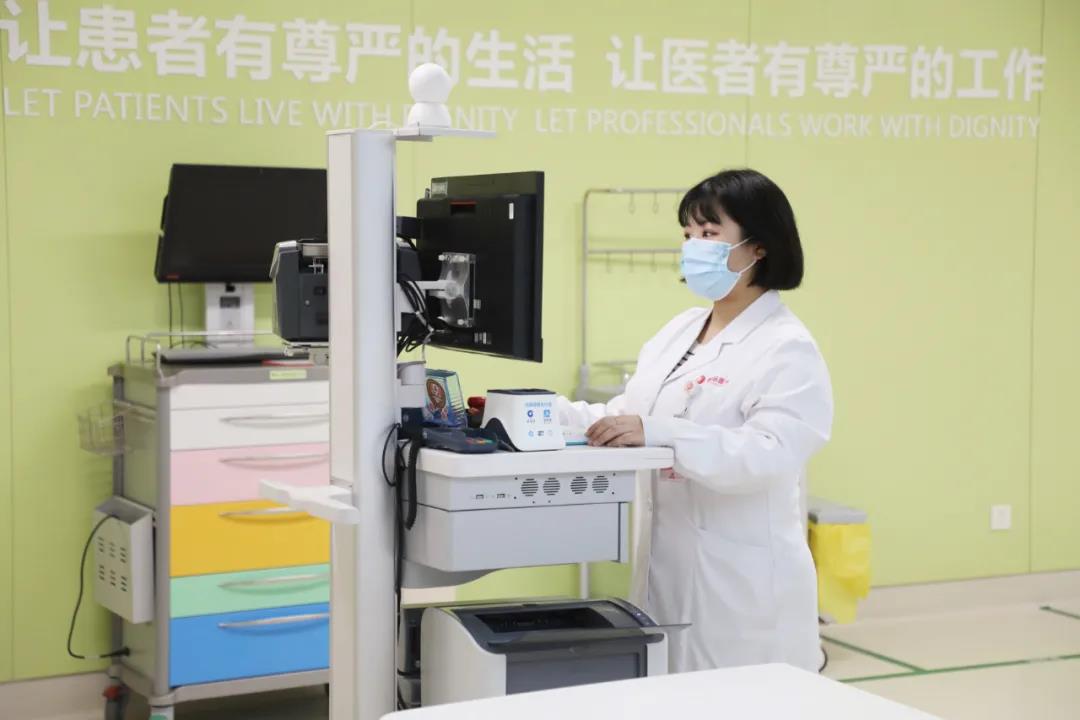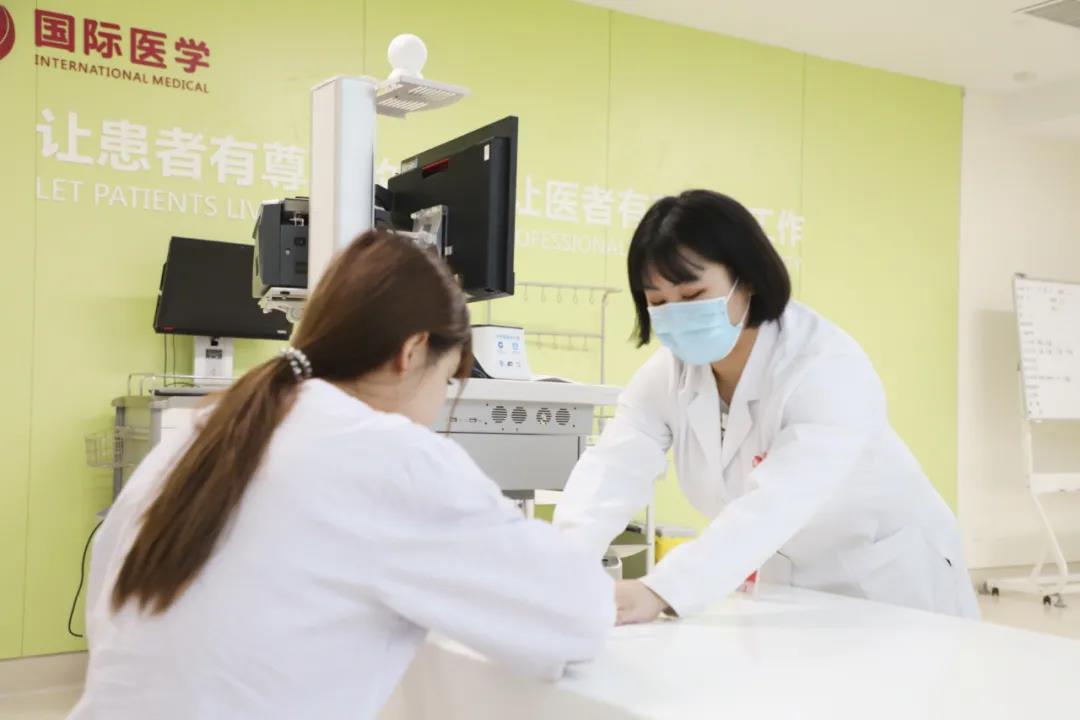Recently, Xi’an International Medical Center Hospital has launched a new measure of bedside settlement service for inpatient expenses. The staff pushes the mobile settlement vehicle to actively settle in front of the inpatient bed and complete the discharge procedures, eliminating the need for patients or escorts to run around on the floor and wait in line. This greatly simplifies the settlement process and improves the efficiency of medical services.

On November 16, the hospital staff pushed the mobile settlement truck to the hospital ward and went through the discharge settlement procedures for the patients who were about to be discharged. In 5 minutes, a complete set of discharge settlement business including printing the statement, discharge invoice, and expense list was completed. "I don't need to go to the charging window. Now the ward can complete the discharge procedures, saving the time of running up and down. This kind of service is so considerate!" A patient said with heartfelt emotion.
According to the staff, the mobile settlement cart is equipped with all-in-one computers, printers, mobile POS, barcode scanners and other equipment. Relying on the wireless network, it supports multiple payment methods such as medical cards, bank cards, cash, and WeChat. In addition to paying fees, you can also handle the prepayment of hospitalization deposits. The patient provides the complete name, hospitalization number and other information, the computer can display the hospitalization expense information, and can also print the settlement invoice and expense list.
 Let the data run more errands, and let the masses run less errands. Since its inception, Xi’an International Medical Center Hospital has focused on patients and strived to provide more high-quality, efficient and convenient medical services. The hospital moved the “window service” to the “ward service”, from passive service to active service. The use of mobile settlement trucks realized the optimization of personnel and windows, which is suitable for the majority of inpatients, especially those with impaired mobility and unaccompanied personnel. It provides convenience to patients and inpatients with limited mobility, saves time, and effectively improves the patient's medical experience.
Let the data run more errands, and let the masses run less errands. Since its inception, Xi’an International Medical Center Hospital has focused on patients and strived to provide more high-quality, efficient and convenient medical services. The hospital moved the “window service” to the “ward service”, from passive service to active service. The use of mobile settlement trucks realized the optimization of personnel and windows, which is suitable for the majority of inpatients, especially those with impaired mobility and unaccompanied personnel. It provides convenience to patients and inpatients with limited mobility, saves time, and effectively improves the patient's medical experience.